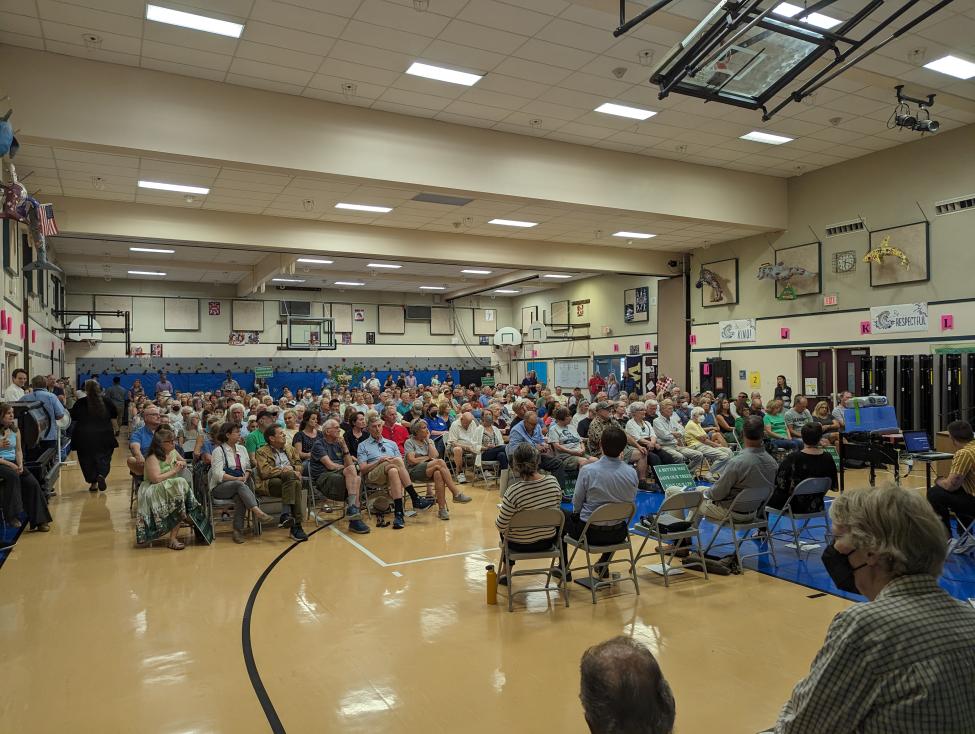Transit projects are complex, expensive, and necessary in the Puget Sound. With the current size and projected growth of the Puget Sound there is no way that every person can utilize a car to get where they need to go. There just aren’t and can’t be enough roads or parking spaces.
But, you can’t expect people to take transit if it comes infrequently, has unreliable travel times, and doesn’t come to where the people are.
This was a problem that the communities along 522 recognized and wanted to fix when they started campaigning for Bus Rapid Transit (BRT).
The goal of BRT is to be able to provide a high degree of travel time reliability, just like light rail, but for the road.
How can we do that with a wild card like traffic playing a factor?
We identify where the congestion and delays occur and provide the ability for BRT to bypass the congestion.
To bypass congestion, transit uses queue bypass lanes, a dedicated roadway lane, or a traffic queue.
Now, there are a few different kinds of queue bypass lanes. The two that are at the center of the SR 522 discussion are BAT lanes and queue jumps.
- BAT lane: “business access and transit lane” is a bus queue bypass lane that allows for right turns, generally stretching between signalized intersections.
- Queue jump: a bypass lane at a traffic signal that allows buses to bypass traffic congestion by holding back the other travel lanes.
In other words all BAT lanes and queue jumps are queue bypass lanes, but not all queue bypass lanes are BAT lanes or queue jumps. Kind of like all squares are rectangles but not all rectangles are squares.
Both have their place, and both can be used to provide reliable travel times for buses. It all depends on traffic conditions.
So why does it have to be BAT lanes along SR 522 in Lake Forest Park?
The simple answer is that traffic congestion along SR 522 forms a ‘queue’ of traffic that runs virtually the entire length of Lake Forest Park. So to bypass this congestion, there needs to be a queue bypass lane (a roadway lane that allows buses to bypass traffic) that is equally long. And in Lake Forest Park’s case that means BAT lanes.
(If you want more information about these kinds of design solutions, check out our FAQs)
Just pull up Google maps around morning commute and evening commute and you will see a heavy red line running through Lake Forest Park.
And that 's just ‘normal’ traffic; it gets even worse if there is a crash.
This was consistent before the pandemic, it is consistent now, and it will only get worse as more and more people move into the region.
But what about the trees?
Sound Transit makes large infrastructure investments and improvements (such as roadways, rail lines, stations) which sometimes requires removing trees. However, with each project we take on, we commit to mitigation which means we replace those trees we remove for the construction of our projects.
We know that people are concerned about the trees. That is why we have a tree replacement program. (Check out our tree factsheet to find out more about this). If you are interested in ALL that ST is doing in Lake Forest Park, follow this blog, subscribe to our email list, or send us a message at brt@soundtransit.org.
Sound Transit knows that when we bring reliable transit to an area, we are changing a community. We don’t take this lightly and we strive to listen to the people about priorities and make design adjustments where possible.
How have you made changes based on what Lake Forest Park community members have said?
We weren’t able to make all the changes that the community wanted. For example, we aren’t able to make roadway changes or ensure we don’t cut down any trees. BUT because the people of Lake Forest Park have done such a great job of letting us know the importance of their tree canopy, we have been able to greatly reduce the number of trees that will need to be cut down.
In Lake Forest Park we had our design team go foot by foot along SR 522 and make small design changes that have been able to reduce the number of trees being cut down by 21%.
And that is just the changes when it comes to trees. So, keep engaging, and keep letting us know what is important to you.
We can’t change everything but with your help we will do what we can to make this a project that delivers the fast, frequent, and reliable transit that the Puget Sound needs in the best way possible.
